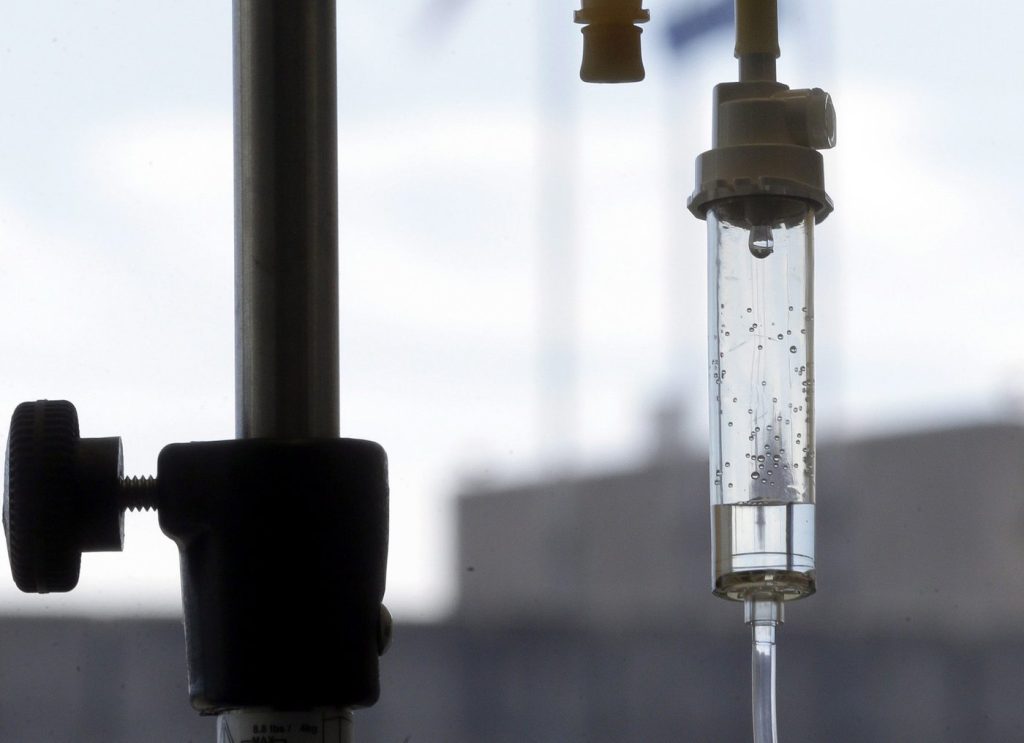According to a recent report by Statistics Canada, the five-year survival rates for lung cancer patients have significantly improved since the 1990s. The study, released on August 13, 2025, indicates that the percentage of individuals surviving five years post-diagnosis rose from a mere 13 percent in 1992 to 27 percent by 2021. This remarkable increase reflects advancements in cancer treatment, particularly the development of new therapies such as immunotherapy.
Immunotherapy works by stimulating the patient's immune system to target and destroy cancerous cells, which has played a crucial role in enhancing survival rates for lung cancer patients. However, despite these advancements, lung cancer remains the leading cause of cancer-related deaths in Canada, accounting for nearly a quarter of all cancer fatalities. The report emphasizes the ongoing need for preventative measures and effective treatment options to combat this pervasive disease.
In comparison to lung cancer, other forms of cancer exhibit significantly higher five-year survival rates. Cancers such as thyroid, testicular, prostate, and breast cancers, along with melanoma skin cancer, boast survival rates of 90 percent or higher. These cancers are generally diagnosed at an earlier stage when intervention is more effective, which contributes to the improved survival statistics.
Conversely, the report highlights cancers with the lowest survival rates, which are below 10 percent. Among these are mesothelioma, a type of cancer affecting the membrane surrounding internal organs, and bile duct cancer, which impacts the liver. Pancreatic cancer also falls into this category, and the report notes that these cancers are often diagnosed at more advanced stages when the disease has already metastasized, making treatment more challenging and less effective.
Overall, while the improved five-year survival rates for lung cancer indicate progress in medical research and treatment, the persistent high mortality rate associated with this disease underscores the importance of continued efforts in cancer prevention, early detection, and innovative treatment strategies.










